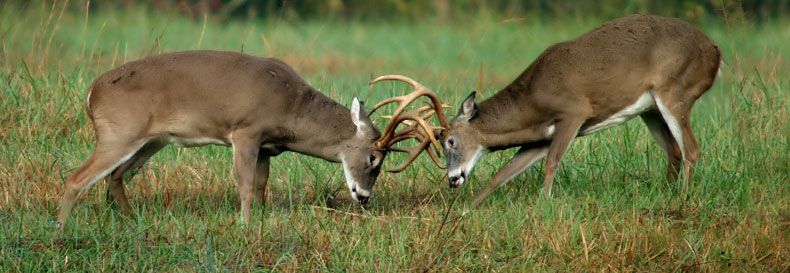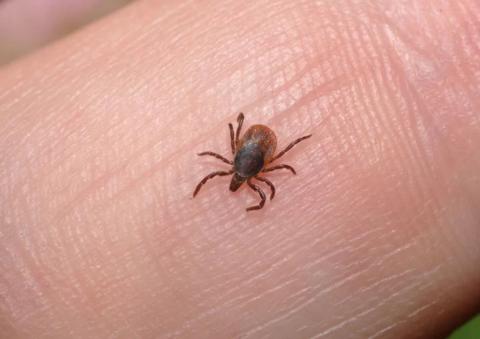John Phillips | September 24, 2012

After pinpointing the best property, observing the deer – perhaps five or six bucks – and narrowing it down to one buck I’ll hunt, I hunt from September 1 all the way through January. There are certain areas we hunt early on. In October, we'll key in on a water source if it's a warm, dry fall. Hunting a water source is highly productive, particularly if that water source coincides with a food source the deer are already hitting. If my brother Mark and I observe deer coming to a bean field out of a draw with a pond right out in the field, we'll set-up where we'll catch them going to water before they move to the food. During a hot, dry fall, you can see and take nice deer at water holes, although most people never hunt water holes. We’ve learned the value of hunting water holes in the past 3 or 4 years after seeing numbers of bucks going in and out of those types of areas. We also hunt green sources early in the year, too. But come late October when the temperatures and the leaves start to change and then fall in the Midwest, suddenly grain becomes more important to deer. Some of our favorite places then are cut cornfields or cut bean fields. We plant stuff on our farms now from Mossy Oak's BioLogic system like the BioMass or the Fall Attractant. Or, we plant corn, beans and others. I think you need a mixture of all those food stuffs for the deer.
In the evenings, we’ll start moving in on food plots but back-off the food plots in the mornings. We'll go to a secure cover area and try to catch a buck coming back into his bedding region. In a secure cover area like a bedding place, a buck is secure enough to move around on his feet and not have to worry about being detected by man. But when deer come to a food source, they're visible more often than not. So, we try to get into a region where we can cut the deer off between their beds and food. Most of the time we concentrate on setting-up close to a bedding area or a thicket. We may set-up near a south-facing hillside where we know deer like to go to lay down and warm-up if the weather's cold enough, or, we may hunt the end of a draw that has a thicket.
When I’ve done all my homework and take my PSE bow to the stand I’ve selected, I’m generally confident that I’ll see a deer but not that I'll take a buck. You can never be confident you're going to take a deer. That's why when you do bag one, it's such a precious moment, because it doesn't happen nearly often enough. No matter how hard you work and how much effort you put into your hunting, you still don't always take the trophy buck you want to with your bow. That's why these bucks remain the ultimate challenge.
Using a Green-Field-within-a-Green-Field Tactic:
When we plant our major green fields, we also plant a little strip of clover or some other type of late-season planting that will be green after the rut. We usually make this planting on the edge of our major food-plot planting. Then after the rut ends, we’ll set-up on the edge of that green field where we have our late-season crop, sometimes that’s clover, planted to take bucks after the rut. We developed this tactic by planting a soybean field. The whitetails usually feed on those soybeans all summer long. But from mid-September to late-September, those soybean leaves turn brown, and no longer have food value for the deer. Any green fields on the edges of those soybean patches will start putting-out new foliage. So, I plant a green field around each soybean field between mid-August to late-August here in Missouri where I live and hunt. As the soybeans begin to die, the new young green fields start sprouting, so I don’t lose any of the deer that I’ve concentrated and watched in an area with the soybeans during the summer. By October, those bucks are so patterned to the edge of the soybean field where the green field is, that we can pick and choose the bucks we want to take.
I also like Mossy Oak’s BioLogic Last Bite, BioLogic Winter Peas, Winter Bulbs & Sugar Beets and Maximum.



























